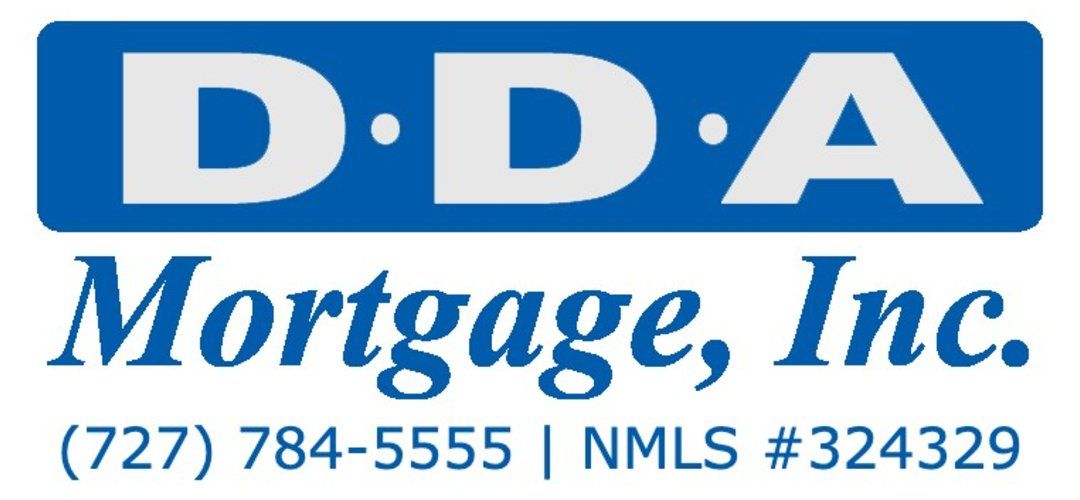Will there be a housing supply shortage in 2021? First American's Mark Fleming shares his housing market forecast for 2021
Will there be a housing supply shortage in 2021?
First American's Mark Fleming shares his housing market forecast for 2021
This is the fifth installment of our economist Q&A series, as we work to answer the top 2021 housing market questions for our HW+ members. Every Tuesday in December, HousingWire interviewed a top economist in the HW+ Slack channel. In each Q&A, we attempt to bring clarity to the top questions around housing supply shortages in 2021, the future of foreclosures and the future generation of homebuyers.
In this installment, HousingWire interviewed Mark Fleming, chief economist at First American, on his forecast for next year. This interview has been lightly edited for length and clarity.
HW: In your commentary, you say the speed of the housing recovery was surprising, but the underlying factors that created it were not. Why is that?
Mark Fleming: First, I just have to say that I was/am amazed at how well the housing market fared this year, considering! That’s a testament to the hard work of many of you on this chat…so thank you! For what turned out to be an amazing 2020, despite the pandemic
I think I was surprised because I didn’t realize how pandemic-proof the market really was when it all got started in March. But, we quickly realized that the potential homeowner was going to be much less impacted by the recession, and at the same time, those young Millennial buyers were going to benefit from even lower mortgage rates.
Strong demographics, low rates, and then no housing supply…a recipe for market success! These were all in place before the pandemic…they just proved so resilient TO the pandemic!
HW: When you talk about pent-up demand you reference Millennial homebuyers. Are we starting to see any interest in home buying from Gen Z?
Mark Fleming: Gen Z? We need to first ride the wave of Gen Y.
But more seriously…not much yet. What Millennials showed was that eventually they wanted to become homeowners (in their early 30’s). There has been a pretty steady progression in waiting for homeownership by generation.
Silent- early 20’s
Baby boomers- mid 20s
my generation- late 20s
Millennials- early 30’s
soooo… my guess is that Gen Z may wait even longer. They have time!
Start Your Loan
with DDA todayYour local Mortgage Broker
Mortgage Broker Largo See our Reviews
Looking for more details? Listen to our extended podcast!
Check out our other helpful videos to learn more about credit and residential mortgages.





